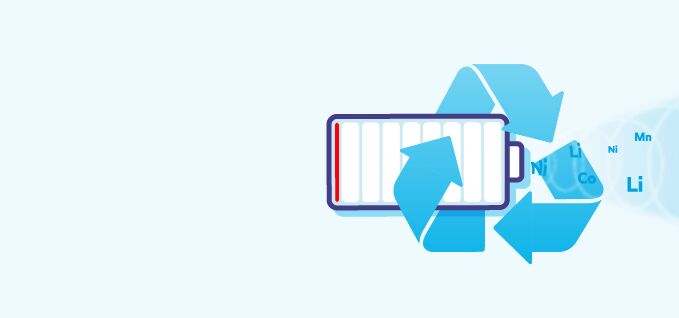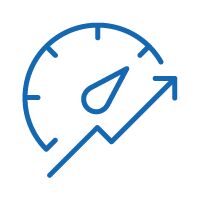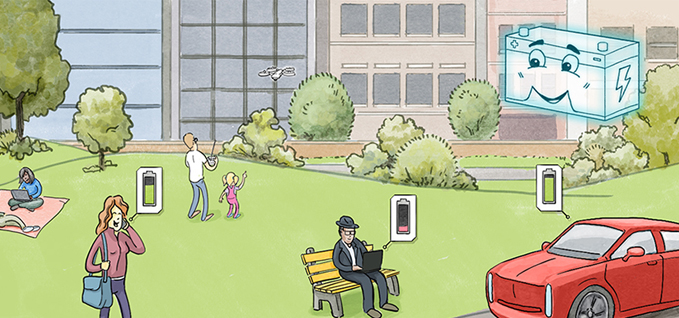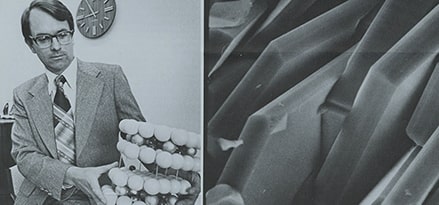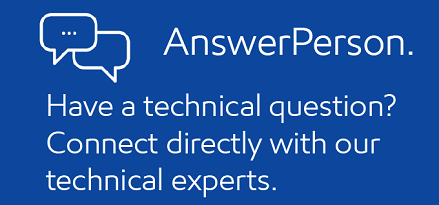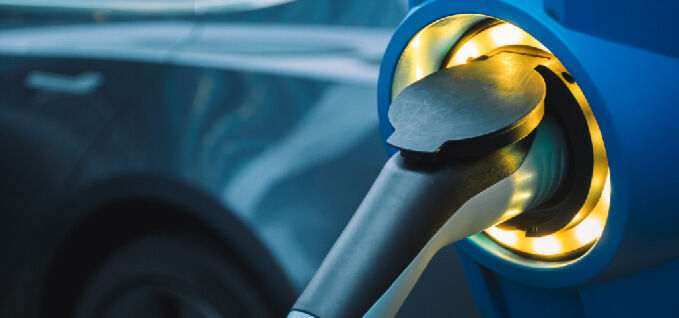
Lithium-Ion battery recycling for solvent extraction
Lithium-Ion battery recycling is becoming increasing important as from 2021 to 2030 lithium-ion batteries’ global production is expected to grow by 5x to 5,500 GWh, with EV batteries making up nearly 80% of all lithium-ion batteries produced1.
This rapid growth is creating opportunities and challenges for the complete supply chain, from raw material suppliers to EV battery manufacturers and recyclers. There are significant market pressures to increase production capacities, streamline logistics and optimize costs of critical raw materials such as Lithium, Cobalt, Nickel and Manganese in order to serve the developing global EV market.
ExxonMobil can support raw material suppliers, EV battery manufacturers and recyclers in their efforts to produce, recover and recycle Lithium, Cobalt, Nickel and Manganese via solvent extraction processes.
Solvent extraction (SX) battery recycling can enable +90% recovery of the rare metals at +95% purity with cost-effective capital investments, high material selectivity, low energy consumption and without toxic fumes when compared to other recovery processes2,3.
Customer Highlight:

Key benefits
Explore featured content
* Recyclable in communities with programs and facilities in place collect and recycle lithium-ion batteries.
1 Source: Global lithium-ion battery capacity to rise five-fold by 2030. Wood Mackenzie.
2 Source: Chagnesa A., Pospiech B. (2013). A brief review on hydrometallurgical technologies for recycling spent lithium-ion batteries. Journal of Chemical Technology and Biotechnology. 88: 1191-1199.
3 Source: C. Curry, C. McKerracher (2016). Lithium-ion battery recycling: processes and prospects. Advanced Transport- Research Note. Bloomberg Finance.
4 Source: ExxonMobil Fact Sheet: High-performance metal extraction diluents for lithium-ion battery recycling with sustainability benefits. 2022.
5 Source: A. Vanderbruggen, M. Rudolph. (2020). Recovery of spheroidized graphite from spent lithium ion batteries. Advanced Automotive Battery Conference Europe.
6 Source: M. McGingley. (2016). Odor Evaluation Report No. 1620802. Solvent Odor Evaluation Comparisons. St. Croix Sensory.
7 Source: Calzada, M. et al. (2011). Comparison of low aromatic and traditional hydrocarbon extraction diluents in copper production. International Solvent Extraction Conference. Conference proceedings.
8 Source: Flett, D. S, D. W. West. (1986). The cobalt catalysed oxidation of solvent extraction diluents. International Solvent Extraction Conference. Preprints. Vol. 2.
9 Source: Frost & Sullivan. Global growth opportunities for Advanced Lithium Batteries for EVs and the adoption of future battery chemistries. July 2022.
10 Compared to high flash kerosene. See “Improving worker safety and comfort”- Occupational Exposure Limit and “Lowering health and environmental risk”- Maximum Incremental Reactivity” tables in “Escaid battery recycling fact sheet”.


